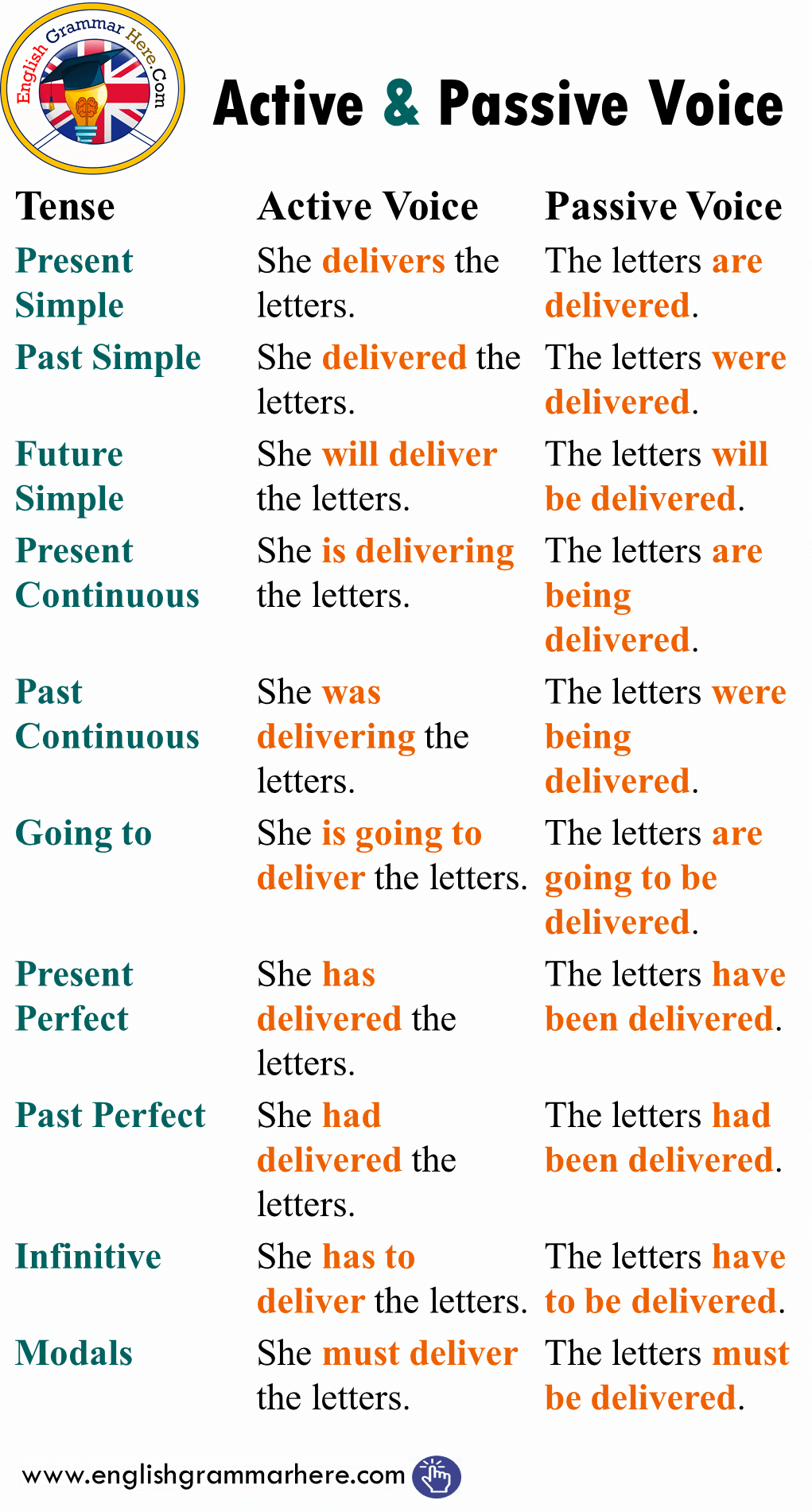Understanding the difference between passive and active voice is an important aspect of writing. Passive voice occurs when the subject of a sentence is acted upon by the verb, while active voice occurs when the subject performs the action. Using the correct voice can help make your writing clearer and more engaging.
Below is a worksheet to help you practice identifying passive and active voice in sentences. Read each sentence carefully and determine whether it is in passive or active voice. Then, rewrite the sentence in the opposite voice.
1. The cake was baked by Mary. (Passive)
Rewrite: Mary baked the cake. (Active)
2. The book was read by the students. (Passive)
Rewrite: The students read the book. (Active)
3. The report will be reviewed by the manager. (Passive)
Rewrite: The manager will review the report. (Active)
4. The house was painted by the workers. (Passive)
Rewrite: The workers painted the house. (Active)
5. The movie was directed by Steven Spielberg. (Passive)
Rewrite: Steven Spielberg directed the movie. (Active)
Practicing with worksheets like these can help you become more familiar with identifying passive and active voice in your writing. Remember, active voice is generally preferred in most writing as it is more direct and engaging for the reader.
By understanding the difference between passive and active voice and practicing with worksheets like the one above, you can improve your writing skills and make your writing more effective. Keep practicing and soon you’ll be able to use passive and active voice confidently in your writing.
